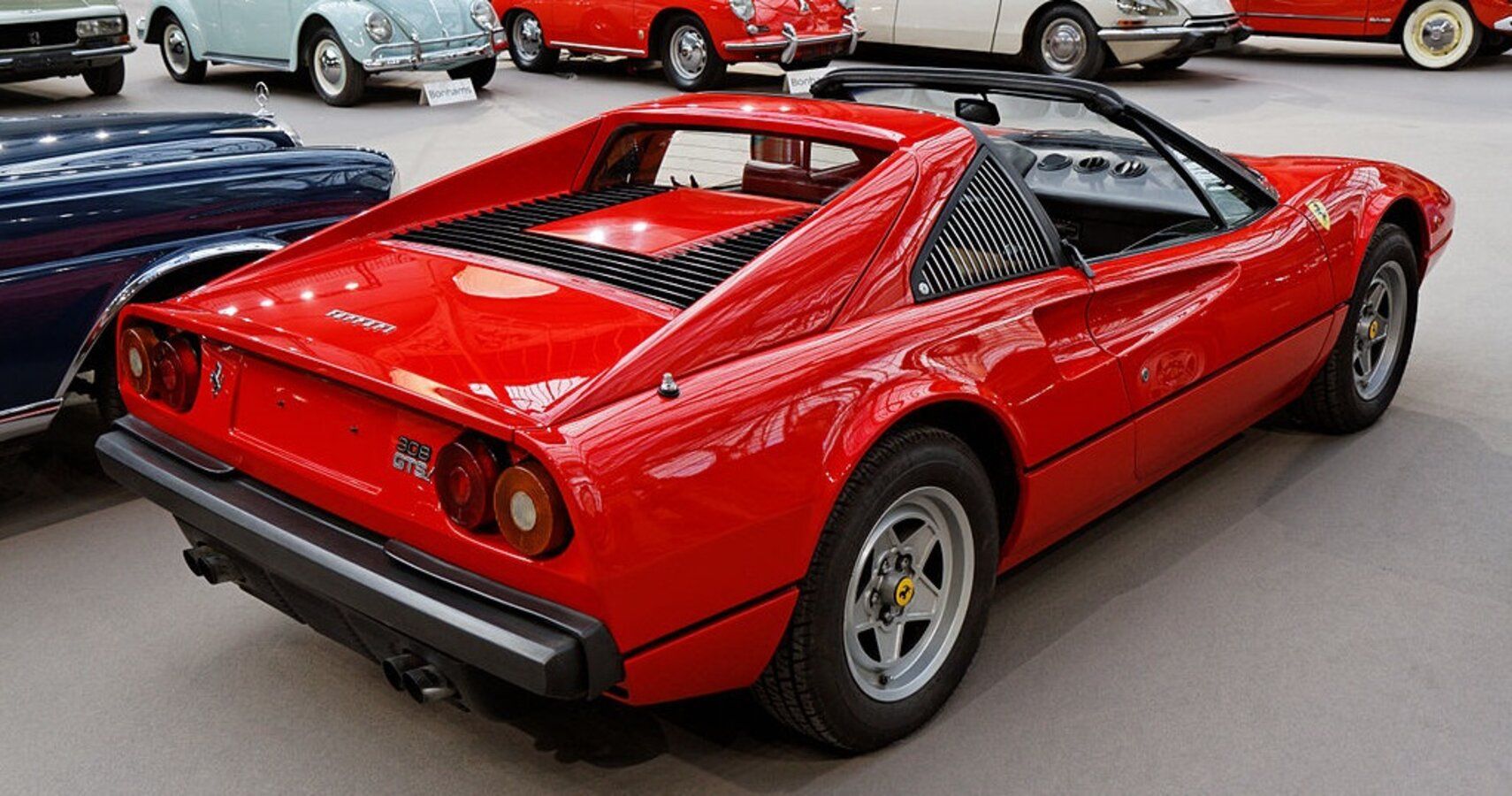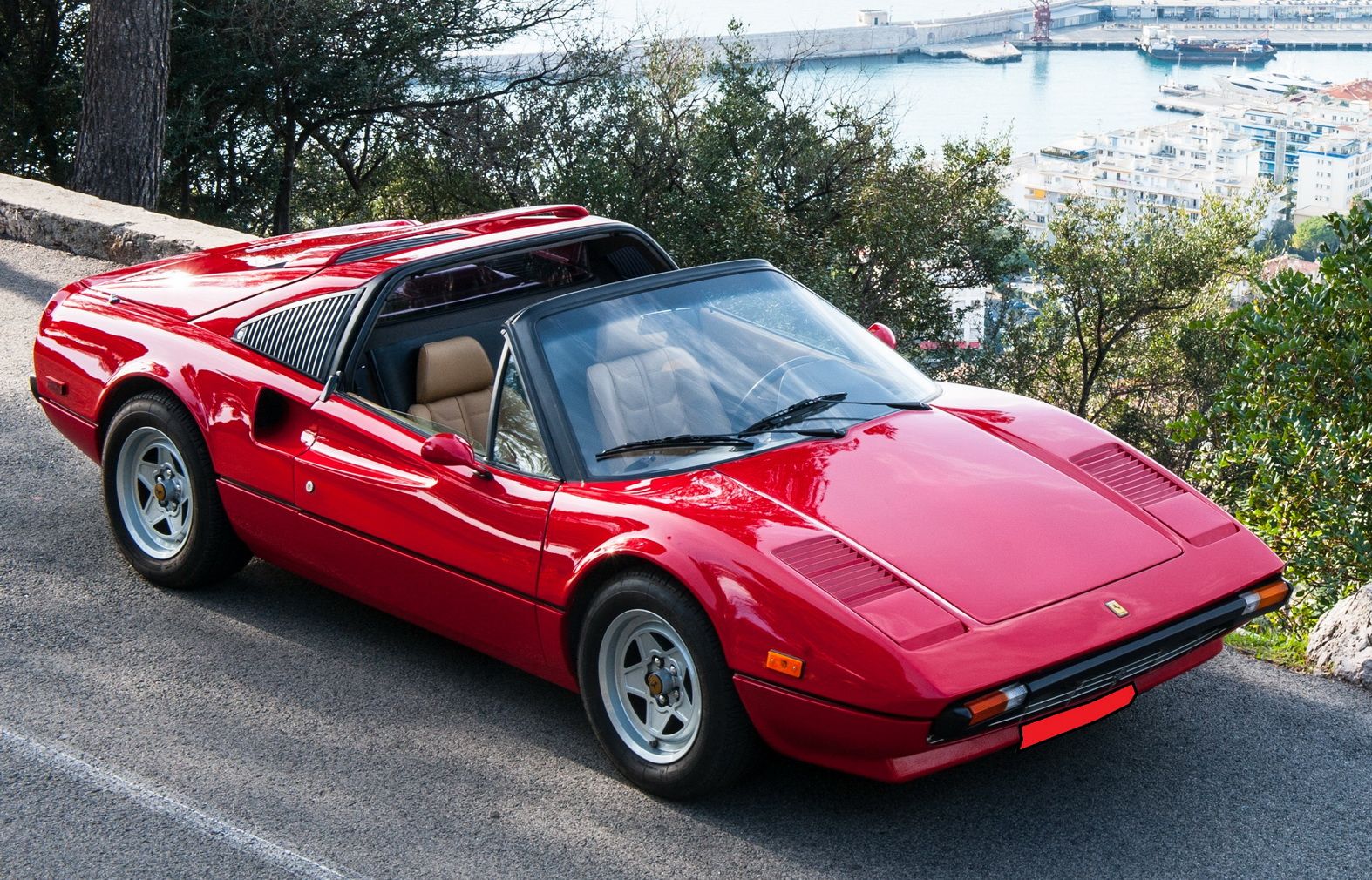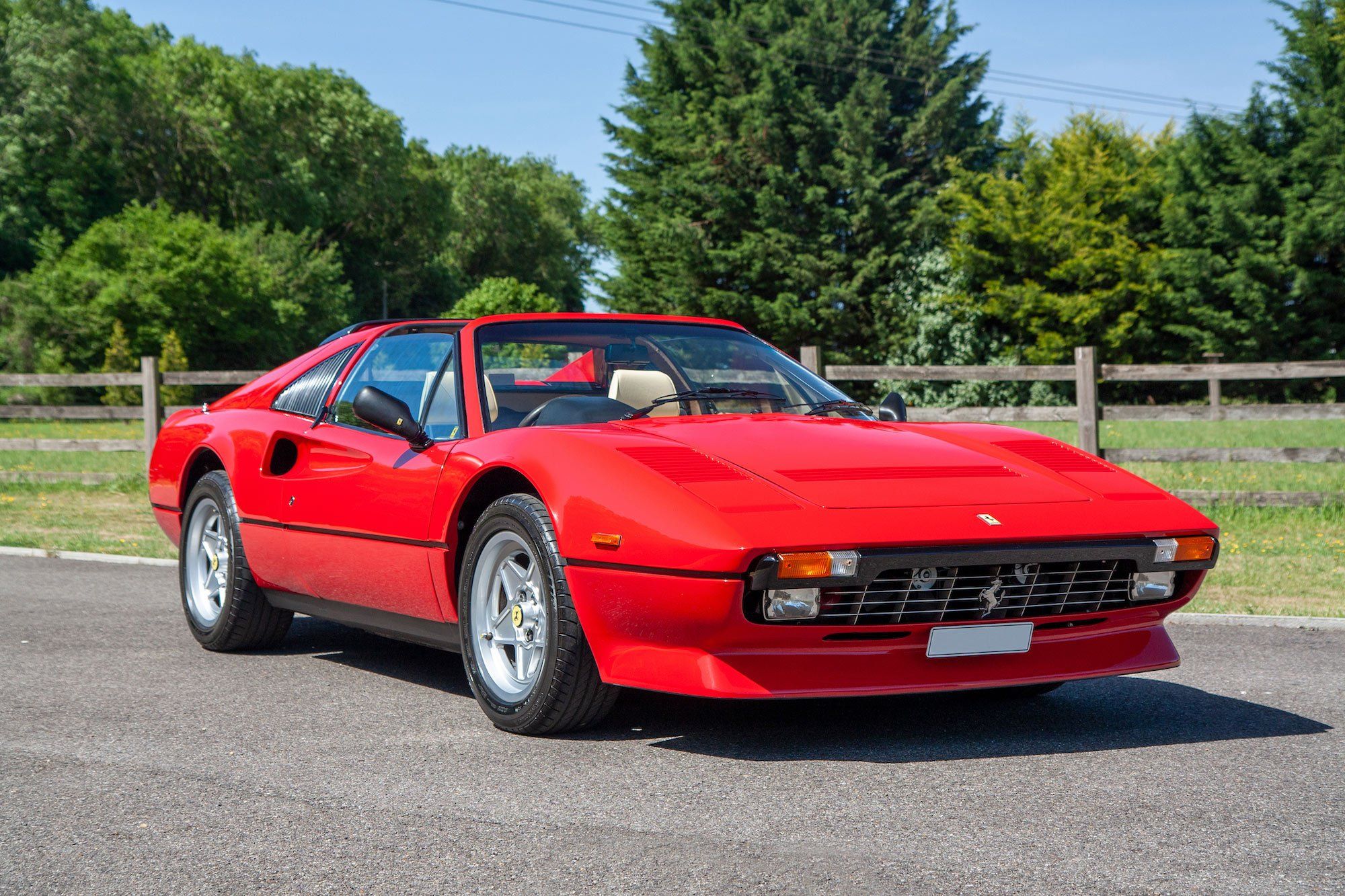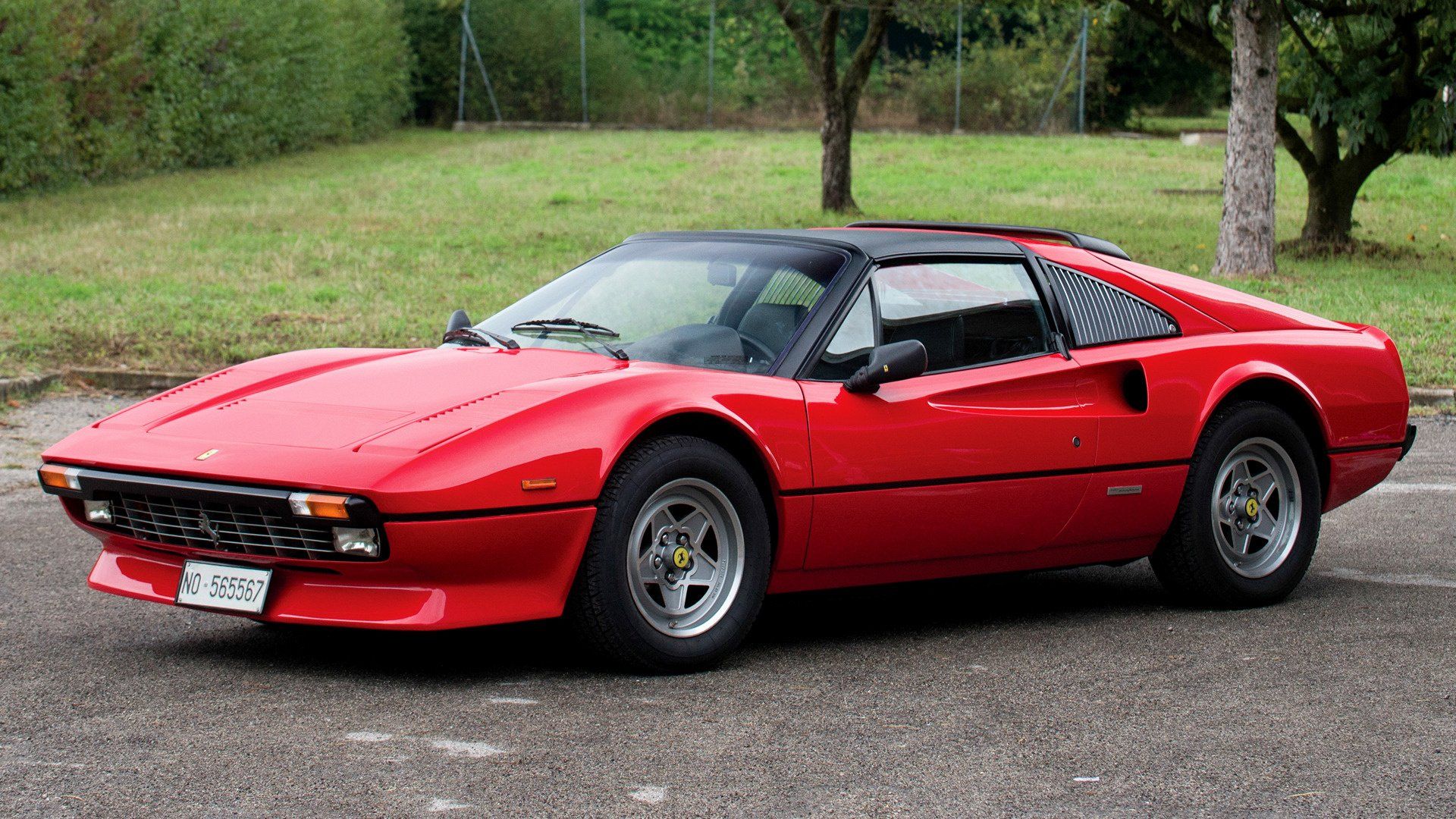The 1970s was a golden era for Ferrari. The company churned out some impressive vehicles during this decade, wooing audiences worldwide. The Italian luxury sports car manufacturer remains one of the most popular automobile brands around the globe.
Back in the 1970s, one of the many Ferrari beasts that impressed audiences worldwide was the Ferrari 308 GTS. This Ferrari classic was a Targa topped, two-seater sports car, that remained in production for ten years. The Ferrari 308 GTS was an instant hit among automobile lovers, thanks to its semi-convertible body style with a removable roof section and a full-width roll-bar behind the seats.
Planning to add the Ferrari 308 GTS to your vintage car collection? Here's everything you need to know about this Ferrari classic.
A Special Car
The Ferrari 308 GTS holds a special place in the hearts of Ferrari fans across the globe. The retro beauty personifies the delight of open-top driving. 2 years after the Ferrari 308 GTB was introduced at the Paris Motor Show, the 308 GTS made a grand entry at the 1977 Frankfurt Motor Show. The dream car was developed in collaboration with Pininfarina. The Ferrari 308 GTS was a trendsetter of sorts, as it amplified the fan craze for Ferrari Targa top models. The classic sports car was built as a comfortable, pleasant open-top drive, with the ability to tickle the adrenaline senses with its top speed of 252 km/h. The 308 GTS was a smooth drive, with quick acceleration, owing to its light curb weight of just 1090 kg. The twin-seat Targa top car boasted a modest height of 1120 mm and a width of 1720 mm. The length of the car was around 4230 mm, which was significantly longer than most other two-seater cars available back in the 1970s. The car stood on a sturdy wheelbase of 2340 mm. Makers powered this retro beauty with a powerful, rear, transverse 90-degree V8 engine.
This V8 engine featured a Bore x Stroke of 81 mm x 71 mm and created a total displacement of about 2926.90 cc. With an engine compression ratio of 8.8:1, it was capable enough to produce a total power output of about 255 horsepower at 7700 rpm. Furthermore, the powerful engine featured a single spark-plug per cylinder configuration (single coil), and was fed by four Weber 40 DCNF carburetors. Twin overhead camshafts per bank (with two valves per cylinder) were standard for the 308 GTS, with wet sump lubrication adopted for the USA, Australia, and Japanese variants of this model, unlike the European market variants, which came with dry-sump lubrication. All models of the 308 GTS came standard with a single-plate clutch. The engine worked in tandem with a 5-speed + reverse transmission with rack-and-pinion steering, to make shifting easier. The front and rear suspensions of the Ferrari 308 GTS were all-independent, with unequal double wishbones, coaxial coil springs, hydraulic dampers, and anti-roll bars on both axles. This Ferrari classic was also a reliable friend for longish drives, thanks to an impressive fuel capacity of 80 liters. The safety of this vintage bad boy was looked after by the sturdy 205/70 VR 14 front and rear tires, with powerful drum brakes.
Historic Legacy
The Ferrari 308 GTS is a part of a historic legacy. It is among one of the many 308 models produced by Ferrari during the 1970s. It all started with the Ferrari GT4 models - Bertone-styled 2+2 V8 successors to the iconic Dino. Then came the Ferrari 308 GTB and GTS models - Pininfarina-styled 2-seat versions of the GT4. Last but not the least, the Ferrari 308 GTM - a prototype racing car intended to compete in Group B rally racing - was the final piece of the triquetra. As we've stated earlier, the 308 GTS was officially added to the Ferrari 308 family at the 1977 Frankfurt Motor Show. The S in GTS stands for Spider, a degree of artistic license, to signify the unique Targa top design that allowed the roof panel to be stowed behind the seats for open-air journeying. The 308 GTS was considered to be very similar to its twin brother, 308 GTB Berlinetta, except its black finished, removable glass-fiber roof panel, and satin black finished, hinged opening panels over the rear quarter windows. All GTS models were customarily numbered in the Ferrari odd number road car chassis sequence, with both right and left-hand drive variants available for buyers.
Popular Culture Icon
The Ferrari 308 GTS was more than just a hyper-performance car. This vintage beauty oozes unmatched aura and style. This Ferrari classic became a popular culture icon after making numerous appearances in the popular TV series Magnum, P.I. The lead character in the series, Thomas Magnum (played by Tom Selleck) drove this beaut around Oahu for eight straight seasons, while conducting his investigations, from the year 1980 to 1988. During the course of these eight seasons, new GTS 308 cars used every season. Almost every car used in each such season was auctioned off at the end of the season, with the license plate ROBIN1. Next up, the 1981 movie The Cannonball Run showcased the former open-wheel icon Jamie Blake (played by Dean Martin), and his gambler teammate Morris Fenderbaum (played by Sammy Davis Jr), dressed as catholic priests, driving away in a stunning-looking, red 1979 Ferrari 308 GTS model.
The iconic car also went on to feature in National Lampoon’s Vacation (1983), where Christie Brinkley's distracts Chevy Chase's character in a 1981 Ferrari 308 GTSi model that sports the quirky "LUV ME" license plate. It is no surprise that the Ferrari 308 GTS, just like its other 308 counterparts, is an expensive car. If you were to buy a vintage Ferrari 308 model (GTS, GB, GTM or GT4), it would cost you at least $50,000. If you are looking to land a Ferrari 308 in mint condition, you might have to shell out at least $100,000. However, considering the rich legacy and popularity of this Ferrari classic, we think it is well worth the moolah.




